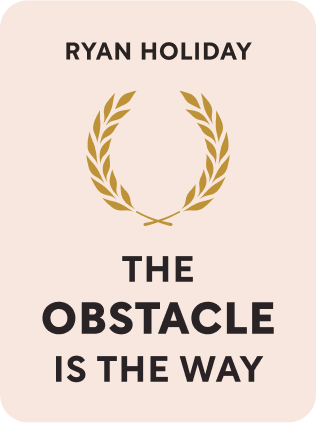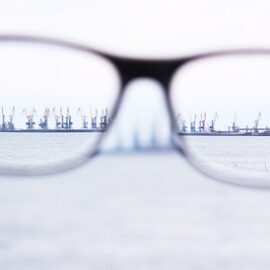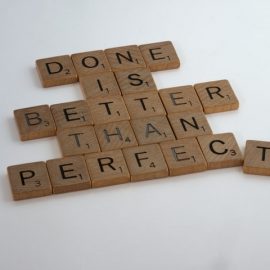

This article is an excerpt from the Shortform book guide to "The Obstacle Is The Way" by Ryan Holiday. Shortform has the world's best summaries and analyses of books you should be reading.
Like this article? Sign up for a free trial here .
How does one develop resilience? What can you do to become better at handling the curve balls that life throws at you?
One of the cornerstones of Stoic philosophy is to be invulnerable to hardship and any external stress. Most modern people don’t have this kind of Stoic resilience because our powerful technology lulls us into thinking we can control everything that happens around us—we forget that life is unpredictable.
Here’s how to build Stoic resilience, according to Ryan Holiday.
Prepare for Long-Term Hardship
To live a Stoic life, you need something far more powerful than the strength of will: You need resilience woven into your DNA as a permanent feature of your character. The Stoics called it the “Inner Citadel”—a secure space you build within yourself that can withstand any external disturbance.
Most modern people lack this kind of Stoic resilience because they overestimate how much control they can exercise over their circumstances. As a result, when things inevitably fall apart, they’re likely to become emotional wrecks and may give up on pursuing a virtuous life. Long-term strength of character allows us to conquer and ultimately find happiness in a world of disorder and uncertainty.
Holiday asserts that it’s possible to build this kind of emotional strength with practice over time. Decide where you need to go and resolve that you will do anything it takes to get there, no matter what obstacles get in your way—then do it again.
| A More Pleasant Path to Resilience Holiday’s advice on how to cultivate perseverance can be boiled down to “Toughen up and do it.” On the other hand, in Grit, Angela Duckworth advocates for a gentler path to resilience, one that doesn’t require as much sheer willpower. Duckworth defines “grit” as the intersection of perseverance and passion—it’s applying Holiday’s concept of long-term resilience to a specific, consistent goal. People with grit can weather a great amount of pain to achieve their purpose. Developing grit, however, is easier than just muscling through the pain, as Holiday makes it out to be. Instead, Duckworth asserts that you can develop grit in stages, initially pursuing something fun that interests and gratifies you, then practicing to achieve superiority, and finally merging your skill with an altruistic purpose. In other words, resilience develops naturally as you pursue satisfying goals. Duckworth would argue that once you reach this stage of purpose and mastery, you won’t even want to live the fragile life of technology-swaddled comfort Holiday warns about. You’ll be instinctively drawn to big selfless goals and will derive pleasure from overcoming challenges. In contrast to the Stoic ethos of “rationality over passion,” Duckworth frames the path to resilience as the natural blossoming of innate human potential. |

———End of Preview———
Like what you just read? Read the rest of the world's best book summary and analysis of Ryan Holiday's "The Obstacle Is The Way" at Shortform .
Here's what you'll find in our full The Obstacle Is The Way summary :
- Why you should think of any obstacles as opportunities
- How Stoicism can show you the way to overcome challenges
- How Theodore Roosevelt's struggle with asthma prepared him for future struggles






